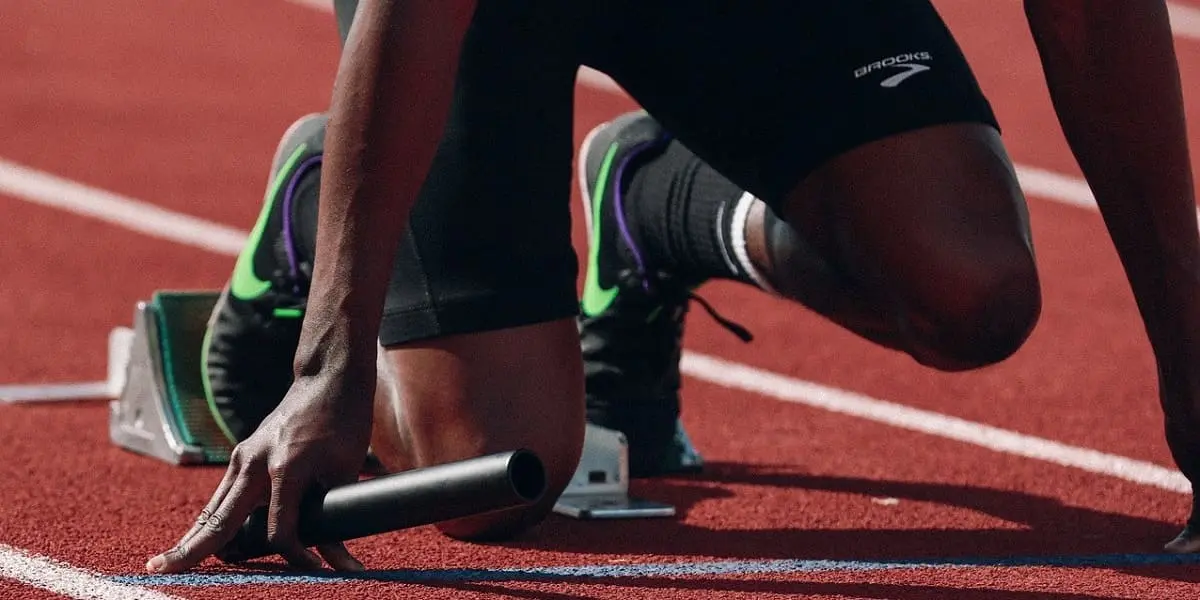Content
Athletics is often considered the oldest form of competitive sport. It comprises a series of sporting disciplines based on running, jumping, throwing and walking. Athletes engage in these activities, individually or as part of a team, to achieve optimum performance in each discipline.
The origins of athletics date back to antiquity. It was one of the main attractions of the Olympic Games in Greece, where it served to honor the gods and test the skills and endurance of warriors. Since then, athletics has become a global sport, with standardized rules and a multitude of events and competitions worldwide.
Definition: what is athletics?
Athletics is regularly regarded as the founding sport, from which all other sports have evolved. It encompasses a wide range of disciplines, each showcasing different physical skills such as speed, endurance, strength and agility. It is a pure reflection of our athletic abilities, from explosive sprinting to marathon endurance.
What are athletics disciplines?
Sprints
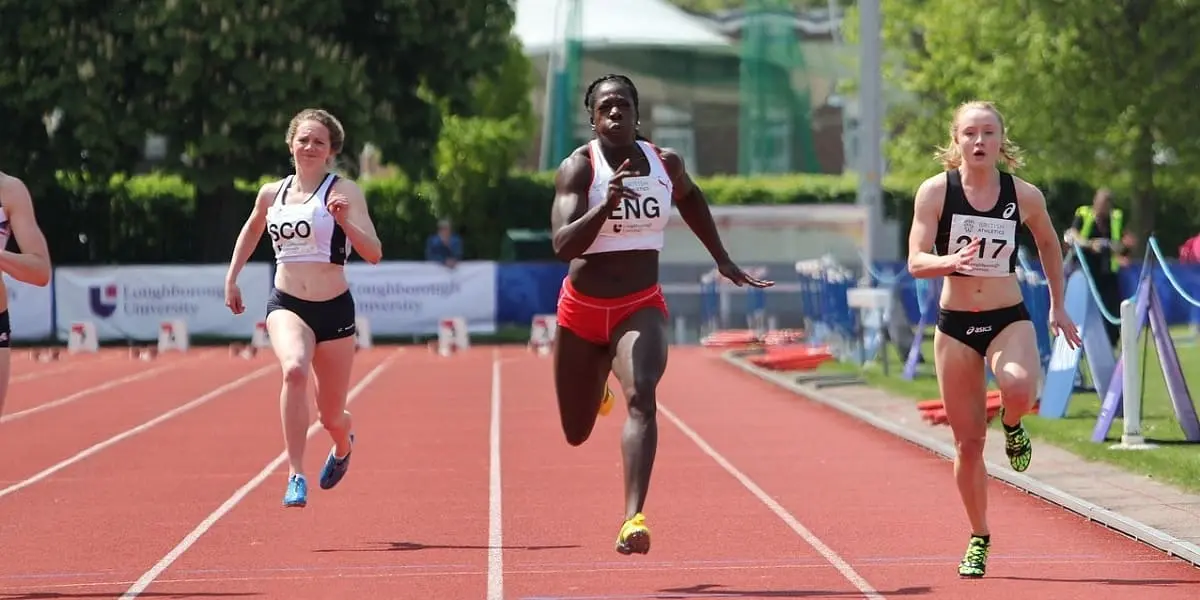
Sprinting is a short-distance race in which the athlete achieves his or her full potential in a short space of time. Sprint events include the 100-meter, 200-meter, 400-meter, 4 x 100-meter and 4 x 400-meter relays.
In hurdles, speed is combined with agility and coordination. These events involve clearing a series of hurdles placed on the track while maintaining a high running speed. The distances are the 100-meter hurdles (for women), the 110-meter hurdles (for men) and the 400-meter hurdles for both sexes.
Middle and long-distance running
Mid-distance and long-distance running refer to endurance races, where distance and effort management play a major role.
- Mid-distance: these are endurance races over a medium distance. Medium distances include: 800 meters and 1500 meters.
- Long distance: these are endurance races over long distances, including the 3,000-meter steeplechase, 5,000 meters and 10,000 meters.
- Marathon (42.195 km): the ultimate endurance event, testing the physical and mental strength of participants.
- Cross-country: long-distance race on hilly terrain.
Jumps
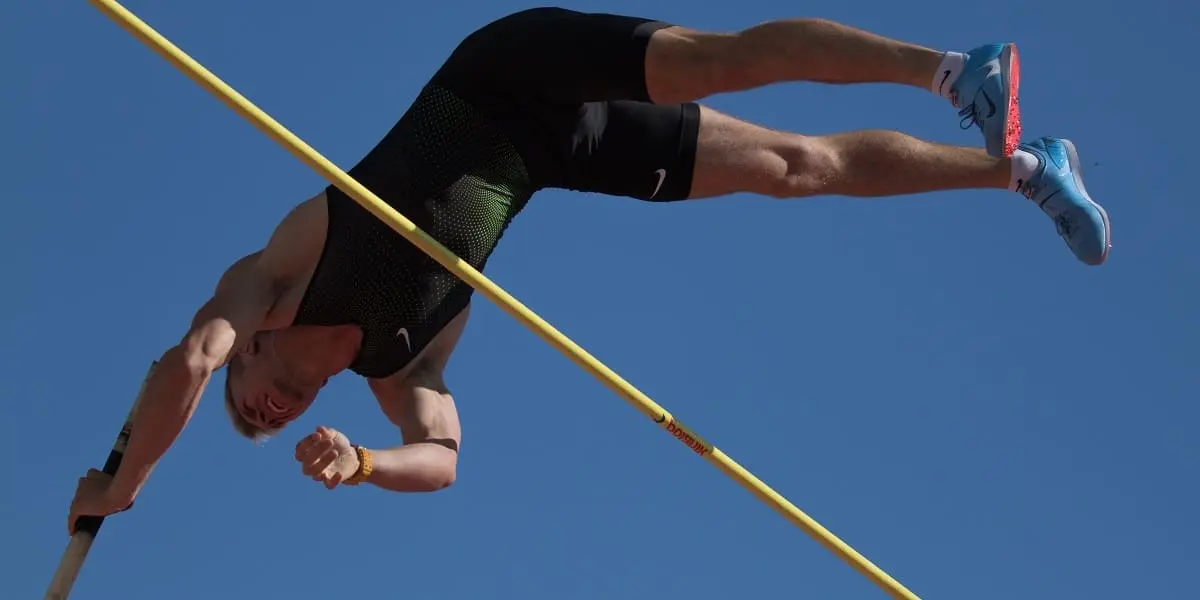
Jumping is an elegant and dynamic discipline that consists in crossing a distance or height from a momentum. It is divided into four main categories, each with its own specific features.
Long jump
Long jumping is the art of running on a track and jumping as far as possible into a sandbox. It consists of three phases: stride, flight, volley and landing. Each phase requires extreme technique and precision.
Triple jump
The triple jump is similar to the long jump, but with a twist: three consecutive jumps before landing in a sandbox: stride, take-off, jump, step, jump and landing.
This event requires good synchronization and coordination of movements.
High jump
The high jump defies gravity: the athlete runs on a track and clears a horizontal bar without dropping it. The key points are stride, flight and clearance.
Pole vault
The pole vault is a spectacular event in which the athlete runs with a pole and uses it to propel himself or herself over a horizontal bar, following the following steps: stride, pole grip, plantation, impulse, reversal, crossing and pole release.
Each type of jump in athletics offers a unique combination of strength, grace and technique, making this discipline both captivating to watch and incredibly competitive to practice.
Throws
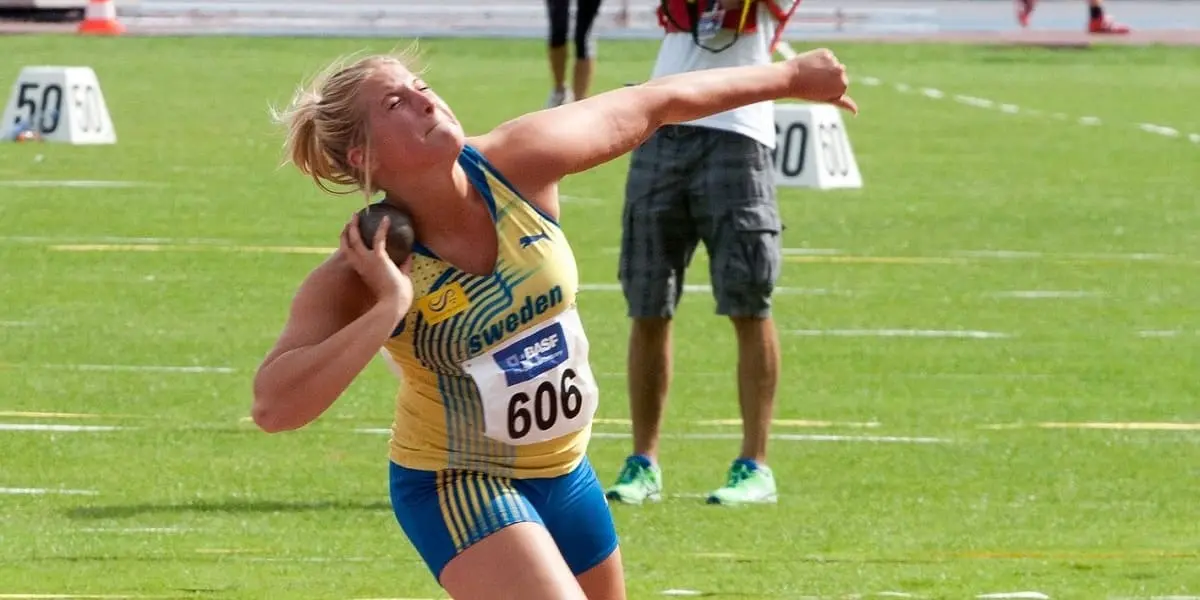
Throwing is an athletics discipline that involves throwing an object as far as possible. It is divided into four categories, each requiring a combination of strength, technique and coordination.
Discus throw
Discus throwing involves spinning in a circle before throwing a plastic-coated metal discus. The main characteristics are: the weight of the discus (2 kg for men and 1 kg for women), the diameter of the circle (2.5 meters), the throwing angle (between 35° and 40°), the rotation, the transfer of body weight and the release of the discus.
Javelin throw
This discipline involves running down a track and throwing a metal or fiberglass spear. Characteristics include: javelin weight (800 g for men and 600 g for women), track length (30 m to 36.5 m), throwing angle (between 30° and 35°), javelin grip, run-up, impulse, throw and release.
Hammer throw
The hammer throw is characterized by the rotation and throwing of a metal ball connected by a cable to a handle. The main factors are: the weight of the hammer (7.26 kg for men and 4 kg for women), the length of the cable (1.2 m to 1.22 m), the diameter of the circle (2.135 m), the throwing angle (between 40° and 45°), the rotation, the transfer of body weight and the release of the hammer.
Shot put
The shot put is a pure power exercise that involves pushing a metal ball as far away from the shoulder as possible. Technical details include the weight of the shot (7.26 kg for men and 4 kg for women), the diameter of the circle (2.135 metres), the throwing angle (between 35° and 40°), the initial position, the movement, the extension of the arm and the release of the shot.
Throws are an essential part of athletics, showcasing raw strength, precise control and technical expertise.
Combined events
Combined events represent a unique challenge in athletics, combining several events over two or three days. These competitions test athletes’ endurance, versatility and skill in a variety of disciplines. They are divided into three main categories: pentathlon, decathlon and heptathlon.
Pentathlon
The pentathlon consists of five events contested in a single day. It includes the following events: 60-meter hurdles, high jump, shot put, long jump and 800 meters.
The pentathlon scoring system is based on the order of events and recovery time. A points system assigns marks according to performance, thus determining the overall ranking.
Decathlon
The decathlon is a colossal two-day event comprising ten separate events: 100 meters, long jump, shot put, high jump, 400 meters, 110 meters hurdles, discus throw, pole vault, javelin throw and 1,500 meters.
Athletes are evaluated according to a points system, taking into account the order of events and recovery time. The decathlon is often considered the ultimate test of athleticism.
Heptathlon
The heptathlon is a women’s combined event that tests the athlete’s versatility in seven different disciplines, usually spread over two days. The heptathlon comprises seven events: 100-meter hurdles, high jump, shot put, 200-meter dash, long jump, javelin throw and 800-meter dash.
The rules and points system of the heptathlon are similar to those of the decathlon, with a precise order of events and recovery times, as well as a performance-based points system.
The combined events illustrate the richness and diversity of athletics, offering varied challenges that demand a range of skills and remarkable endurance. It’s a tribute to the diversity of our athletes and a demonstration of their ability to excel in many fields.
Race walking
Race walking is a special technical discipline in athletics. It is distinguished from other events by the strict rules governing the movement of athletes. The basic principle of race walking is to maintain constant contact with the ground, keeping the front leg straight from first contact to the vertical position.
Race walking is practiced over a variety of distances, generally between 3 and 50 km. Events take place on road or track circuits, and competitions are often highly demanding, both physically and technically.
What are athletics competitions?
Athletics is characterized by a wide range of competitions, from local meets to the most prestigious international events. Here’s an overview of the most important competitions in the world of athletics.
Olympic Games
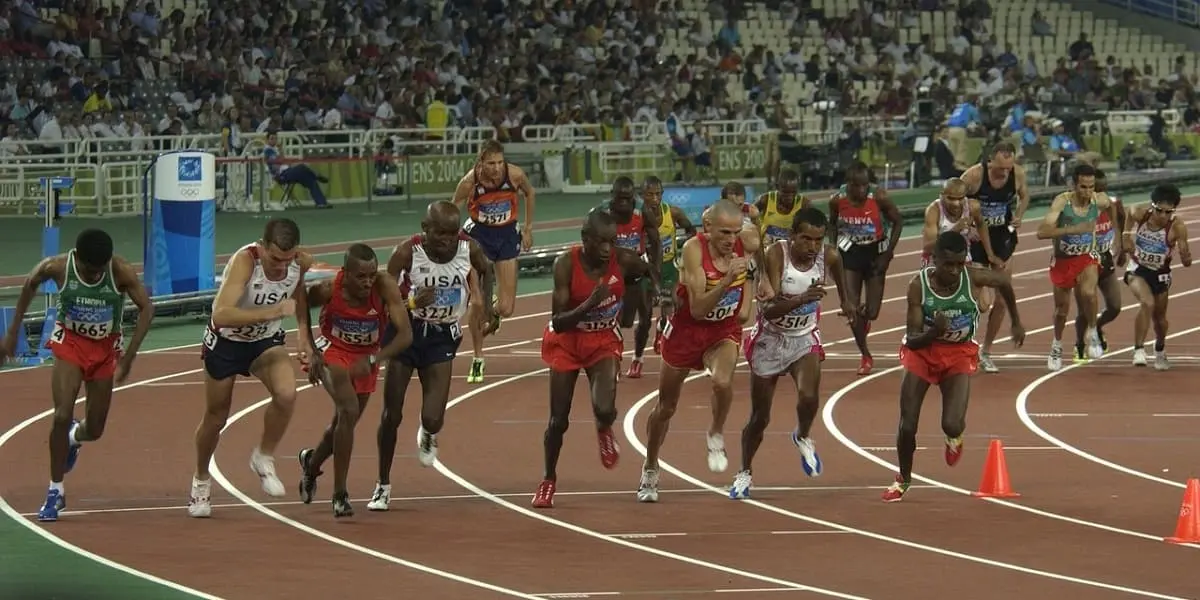
The Olympic Games are the pinnacle of athletics. From the 100-meter dash to the marathon, from the jumps to the throws, the Olympic Games provide a unique platform for competition at the highest level.
World Athletics Championships
The World Athletics Championships are another major event on the international sporting calendar. Organized by the International Association of Athletics Federations (IAAF), they take place every two years and bring together the best athletes in each discipline.
Continental and national championships
At regional level, continental championships such as the European, African, Asian and American championships bring together the best athletes from each continent. National competitions, such as national championships, offer local athletes a chance to shine and qualify for more important competitions.
Athletics meetings and leagues
Athletics meetings and leagues are regular competitions held throughout the year. The Diamond League is one of the most prestigious series of meetings, bringing together many world-class athletes. These events enable athletes to measure themselves against each other and prepare for major championships.
Marathons and half-marathons
Marathons and half-marathons are popular events that attract professionals and amateurs alike. Famous races such as the Boston Marathon, the TCS London Marathon or the TCS New York Marathon attract tens of thousands of participants and millions of television viewers. These events are not just elite competitions, but also community events that encourage participation and involvement in sport.
- Discover also
- All you need to know about Airsoft
